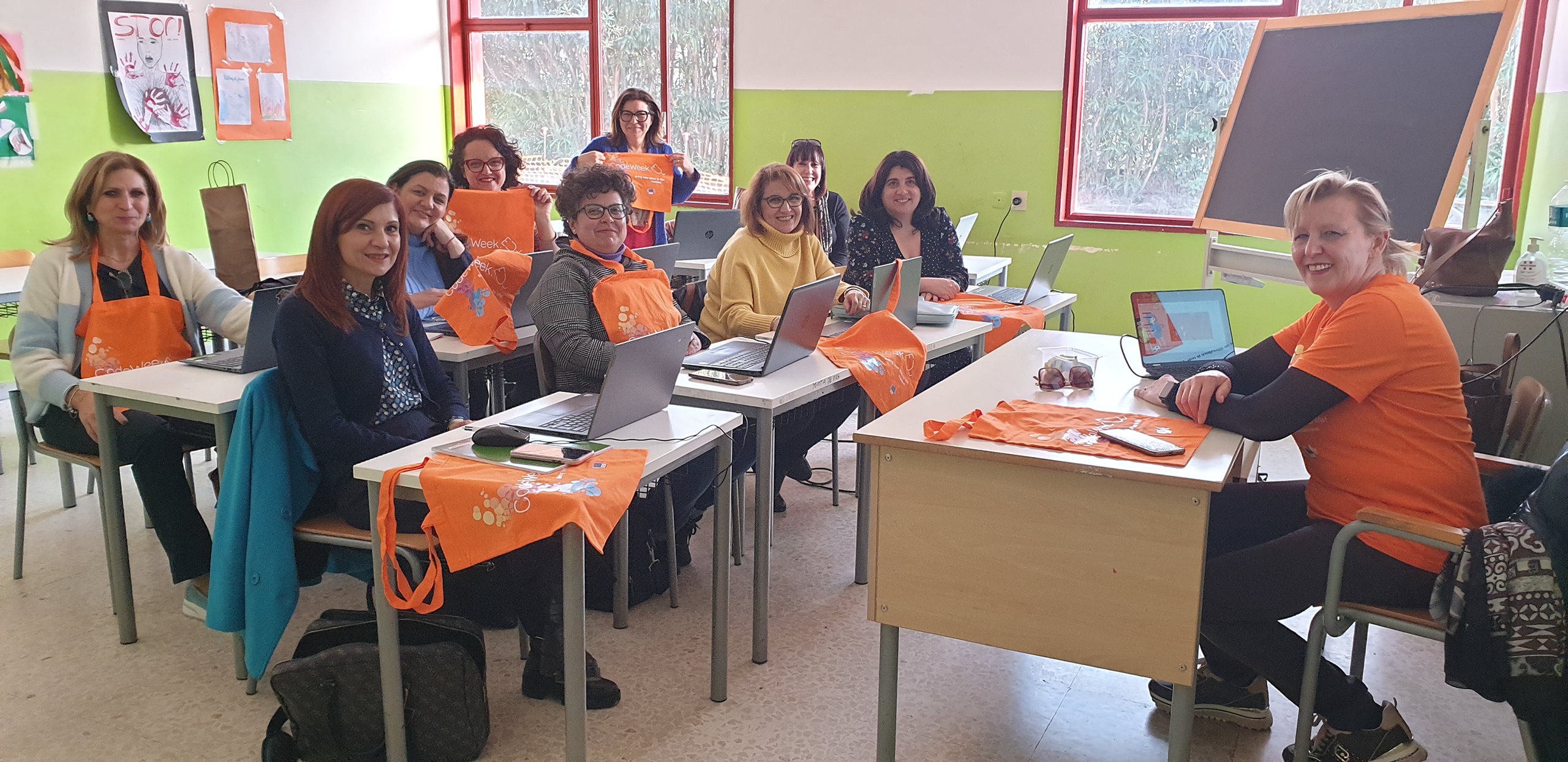Harnessing the Power of Water: A Sustainable Solution by Vukovar Gymnasium Students
Publication date: April 20, 2023
Author: Sanja Pavlović Šijanović, Leading Teacher Croatia and Davor Šijanović, Gymnasium Vukovar
The world is increasingly turning to new green technologies, and sustainability has become the main challenge of our time. Therefore, students from Vukovar Gymnasium have developed a project based on innovative green technologies that enable the use of a natural resource – water, for the purpose of long-term sustainable development.
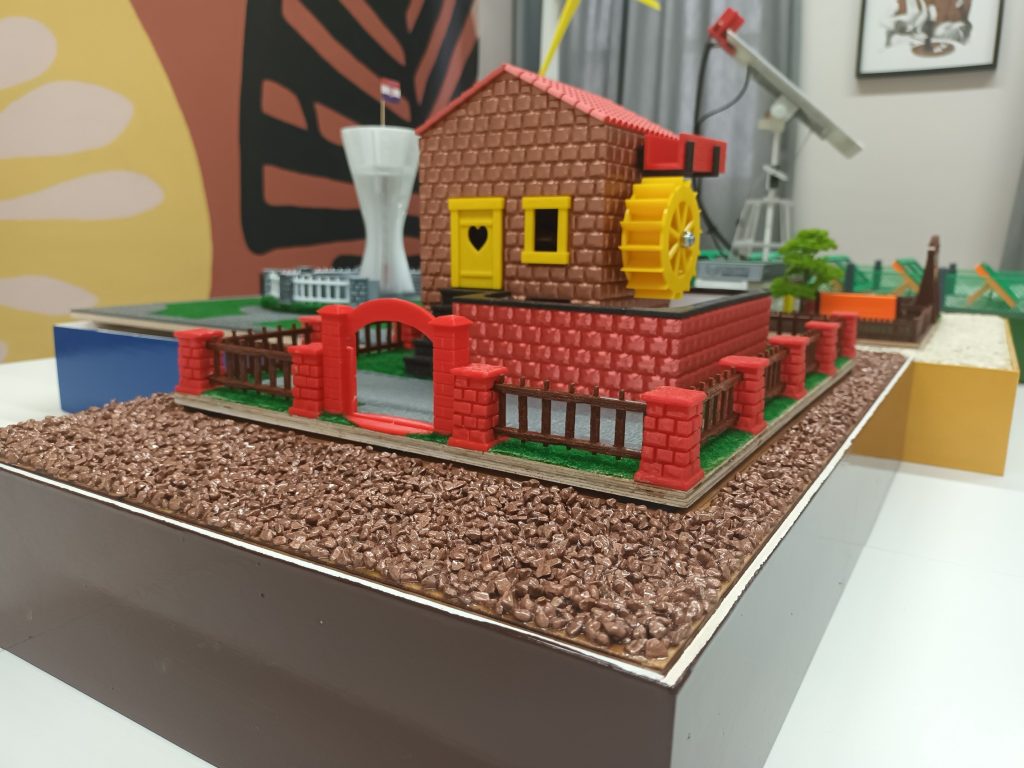
As far back as 1916, Thomas A. Edison said, „We Should Utilize Natural Forces and Thus Get All of Our Power. Sunshine Is a Form of Energy, and the Winds and the Tides Are Manifestations of Energy“. Energy and climate goals, environmentally friendly energy use, and technological development were just some of the guidelines that led students in creating a technological solution.
Hydropower is one of the most commonly used renewable sources of energy. It is probably the oldest energy source used by humans, with the first recorded use in Greece over 6000 years ago in irrigation systems. The first hydroelectric power plant in Croatia, the HE Jaruga on the Krka River near Šibenik, was put into operation in 1895, just two days after the first hydroelectric power plant at Niagara Falls.
Introducing the watermill, the students highlighted the importance of water as well as the privilege of living by the Danube River, which has a special significance for the local community. Although the power of water has been known since ancient times, it has not been fully utilized.
Today, it is possible to build watermills along the riverbank that do not necessarily have to be hydroelectric power plants but can be sufficient for households or smaller facilities. The constructed watermill contains a mini-generator that is powered by the force of water.
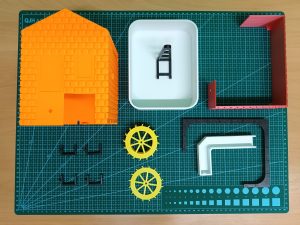
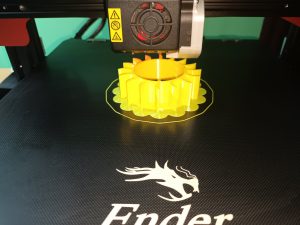
By rotating the rotor in the generator, a magnetic field is created, generating kinetic energy that is wirelessly outputted in the form of alternating current. The alternating current is then converted into direct current, providing a constant 5V output for further use of the device on the model or, for example, for charging mobile devices.
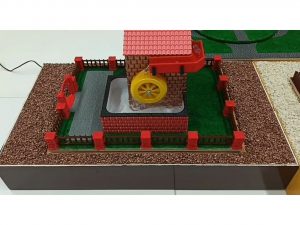
The watermill is controlled by using the DASDUINO microcontroller and the BLYNK IoT mobile application. Dasduino is a microcontroller board that combines the functionality of an Arduino board with a data acquisition system (DAS). It is used to acquire and process analog signals from various sensors, such as temperature sensors or humidity sensors, and can also be used to control various actuators, such as motors or pumps. The board is programmable using the Arduino Integrated Development Environment (IDE), making it easy for users to develop and run custom applications. Blynk IoT is an Internet of Things platform that enables the connection and management of various devices over the internet. It allows users to create their own mobile applications that can be used to remotely control their devices, read sensor data, and receive notifications. The platform is easy to use and allows users to quickly and easily create their own IoT applications without the need for programming. Blynk IoT supports various platforms, including Arduino, Raspberry Pi, and ESP8266.
The operation of the entire system is based on a water pump that is connected to the solar system through a relay and continuously produces 12V, which is completely sufficient for its operation, while the DASDUINO has a separate power supply system of 3.3V.
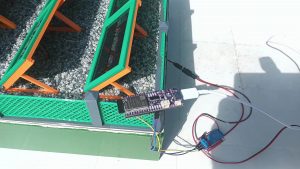
Solar energy is a renewable and unlimited source of energy that can be used as thermal energy, or can be directly converted into electrical energy from solar radiation. Some of the ways to directly harness this energy source are through solar collectors, photovoltaic systems, and focusing solar energy in large power plants. Our solution is a solar farm consisting of 10 solar panels connected in parallel system that continuously produces energy of 6V and 2A for charging the battery that powers our watermill.
DASDUINO is a microcontroller that has a built-in ESP32 module for wireless connection to a WI-FI network. By connecting to the Internet and linking to the BLYNK IoT application, the operation of the watermill is controlled. (The Design and Functioning of the Constructed Watermill https://www.youtube.com/watch?v=QZVVpzFkCAo)
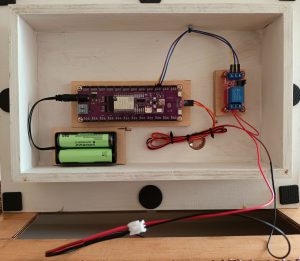
Through this project, the students wanted to promote and highlight the importance of using natural and renewable sources of energy and encourage everyone to contribute to the preservation of the environment and responsibility towards future generations.


